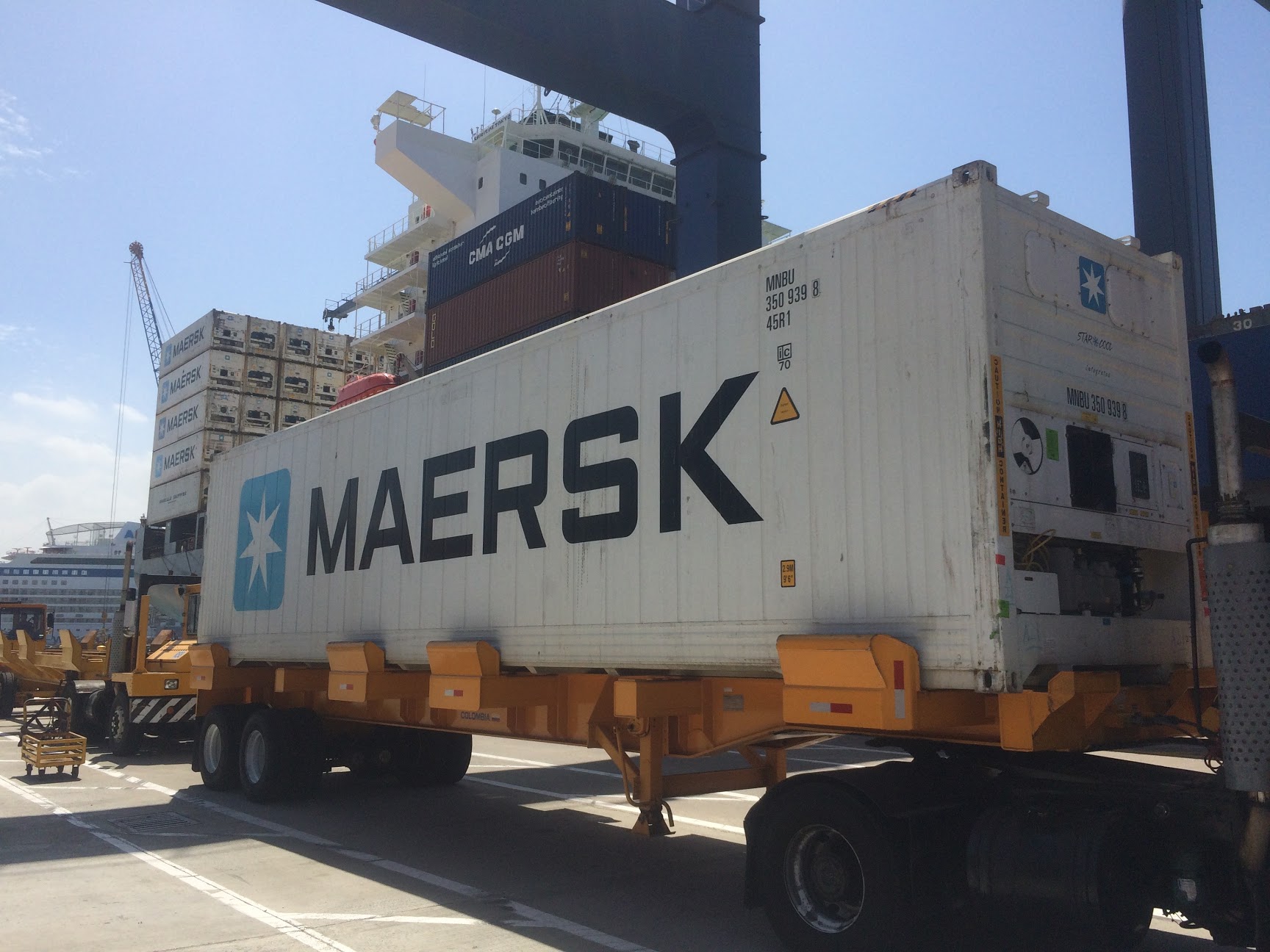Maersk improves in second quarter 2018: According to Lars Jensen CEO of the consultancy SeaIntelligence, Maersk Line has published its results for the second quarter of 2018, and in the context of the industry a general depressed loss market, where the rate increases do not match the increases in fuel costs have had a good performance.
“Unfortunately, they do not provide net gains / losses for the Ocean segment in the report, and therefore I can not compare with the figures I recently commented for the other operators in which I analyzed the net loss per TEU. It can be done at the EBITDA level, Jensen reported. ”
He also stated that the closest competitor to compare will be Hapag-Lloyd. For the EBITDA level, Maersk had a better performance at 99 USD / TEU compared to Hapag-Lloyd at 79 USD / TEU. It is also seen in the EBITDA margin, where Maersk stands at 9.7% against Hapag Lloyd at 7.3%.
Maersk has achieved this by significantly reducing its unit cost levels when taken at fixed bunker costs, that is, an improvement in the efficiency of the network, although of course they are still adversely affected by the combination of high market prices. fuel and only marginal improvements in freight rates the rest of the industry.
“For example, it can be seen that the volumes sent increased by 5.5% from Q1 to Q2 2018, while the capacity was reduced by 1.8%, but in general, this should be more seen since Maersk is improving in a very poor performance in the first quarter, since a year-to-year comparison with the second quarter of 2017 shows that the volume and capacity have grown at the same rates.Therefore, it can be said that Maersk is in a way back to its usual baseline with a high degree of cost efficiency, although the unit cost per container in fixed bunker is still 2.9% higher than in Q2 2017. ” wrote Lars in his LinkedIN account.
At the end of the article Jensen highlighted that the growth of the underlying organic volume, which offsets the acquisition of Hamburg Sud, was 4.3%, which is essentially in line with the global market. Therefore, Maersk joined in the second quarter to more focused operators to improve profitability (or more correctly limit losses), instead of pursuing organic market share growth at the expense of higher profitability.
Taken from: : “Good Q2 progress for Maersk Line” Lars Jensen-LinkedIN

